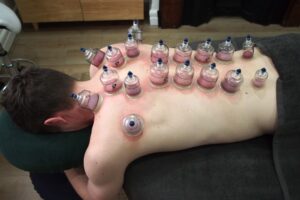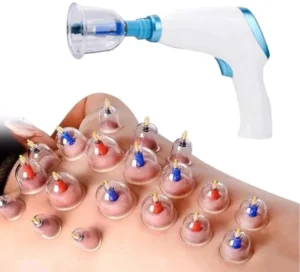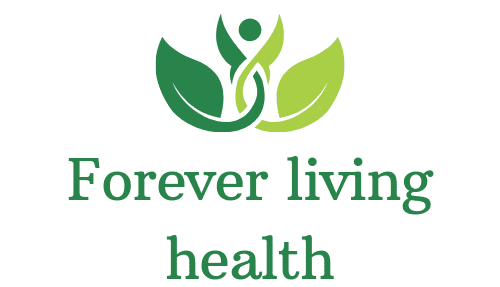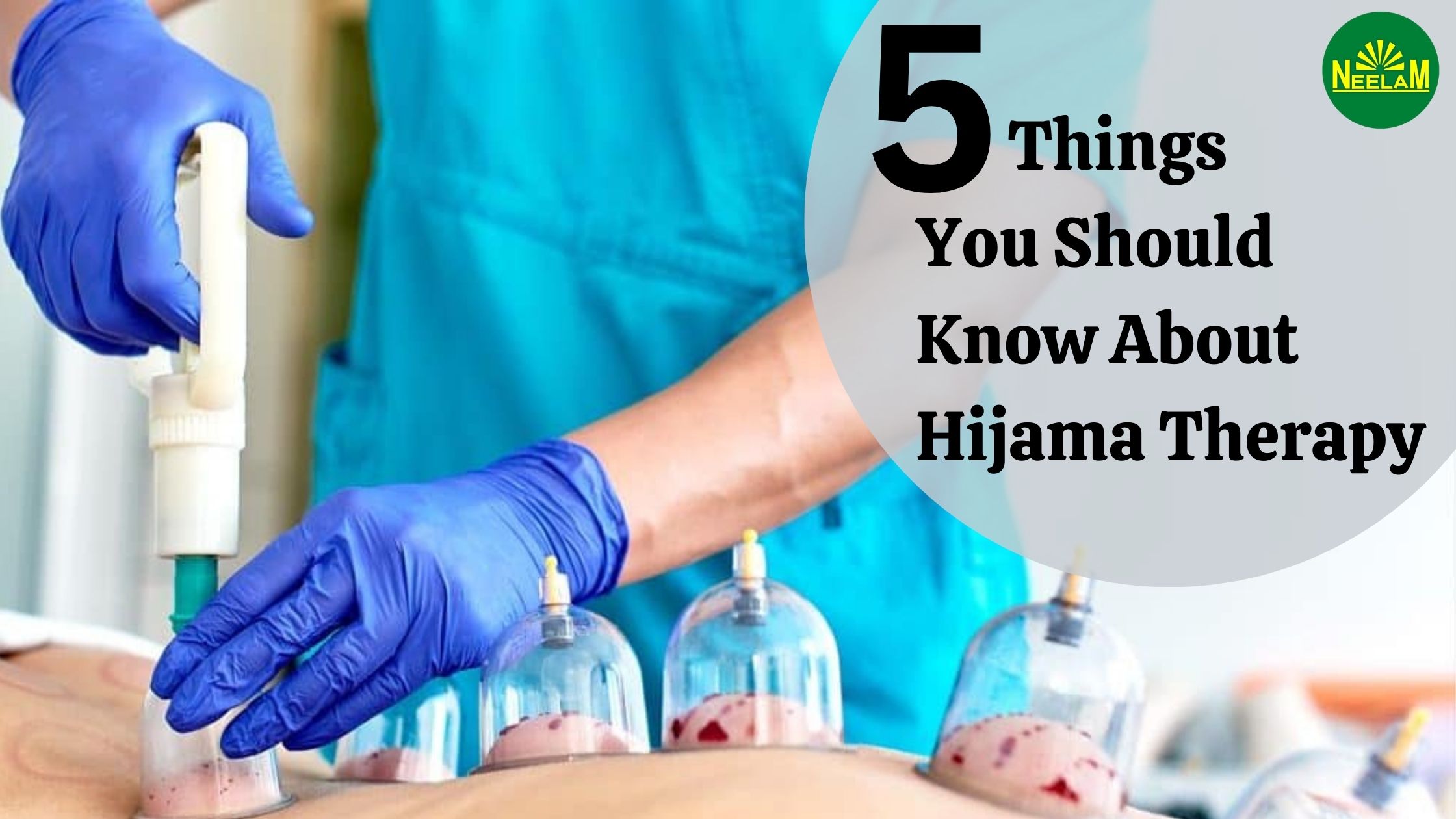Hijama Therapy: Mind, Body, and Spirit
Table of Contents

Introduction to Hijama Therapy
Hijama Therapy, also known as cupping therapy, is an ancient holistic healing practice that has been utilized for centuries across various cultures, including Islamic, Chinese, and Greek civilizations. This therapeutic technique involves creating suction on the skin using cups to promote blood flow and alleviate physical, mental, and emotional ailments. While its origins can be traced back thousands of years, its relevance in modern times has been increasingly recognized for its numerous health benefits.
Benefits of Hijama Therapy
The benefits of Hijama Therapy extend beyond physical wellness to encompass mental and emotional well-being as well as spiritual rejuvenation. Physically, it aids in detoxification, improves circulation, relieves muscle tension, and boosts the immune system. Mentally and emotionally, it reduces stress, anxiety, and depression while promoting relaxation and mental clarity. Spiritually, it is believed to cleanse the body of negative energies and strengthen one’s connection with the divine.
How Does Hijama Therapy Work?
Hijama Therapy involves the placement of cups on specific areas of the body, typically along the meridian lines or acupuncture points. These cups create suction, which draws stagnant blood and toxins to the surface, allowing the body to eliminate them more effectively. The cups may be left in place for a few minutes or moved around to target different areas. The therapy is non-invasive and generally painless, with many individuals experiencing a sensation of warmth and relief during the treatment.
Conditions Treated with Hijama Therapy
Hijama Therapy is renowned for its effectiveness in treating a wide range of conditions, including chronic pain, migraines, digestive disorders, skin problems, and respiratory issues. It is particularly beneficial for managing musculoskeletal pain, such as back pain, arthritis, and sports injuries. Additionally, it has been found to alleviate symptoms associated with hormonal imbalances, such as menstrual cramps and menopausal symptoms.
The Science Behind Hijama Therapy
While the exact mechanisms of action of Hijama Therapy are still being studied, research has shown that it promotes the release of endorphins, serotonin, and other neurotransmitters that contribute to pain relief and relaxation. Furthermore, the suction created by the cups stimulates the flow of blood and lymphatic fluid, which helps to remove metabolic waste and toxins from the body. Studies have also demonstrated its anti-inflammatory and immune-boosting effects, making it a valuable adjunct to conventional medical treatments.
Precautions and Considerations
While Hijama Therapy is generally safe for most individuals, there are certain precautions to consider. Pregnant women, individuals with bleeding disorders, and those taking blood-thinning medications should avoid Hijama Therapy or consult with a healthcare professional before undergoing treatment. It is also essential to choose a qualified practitioner who follows proper hygiene and safety protocols to minimize the risk of infection or injury.
Combining Hijama Therapy with Other Wellness Practices
To optimize the benefits of Hijama Therapy, it is recommended to incorporate complementary wellness practices into one’s lifestyle. This may include following a balanced diet rich in nutrient-dense foods, engaging in regular physical activity, and practicing mindfulness techniques such as meditation and deep breathing exercises. By adopting a holistic approach to health and well-being, individuals can achieve greater harmony and vitality in their lives.
Hijama Therapy: Cultural and Spiritual Significance
In addition to its physical and psychological benefits, Hijama Therapy holds significant cultural and spiritual significance in many societies. In Islamic tradition, it is regarded as a prophetic remedy recommended by the Prophet Muhammad (peace be upon him) for various ailments. The practice of Hijama is often accompanied by prayers and supplications, further emphasizing its spiritual dimension and connection to divine healing.
Hijama Therapy Myths vs. Facts
Despite its long history and widespread use, Hijama Therapy is often surrounded by misconceptions and misinformation. One common myth is that it leaves permanent scars or bruises, whereas in reality, any discoloration typically fades within a few days. Another misconception is that it is painful, whereas many individuals find the sensation to be mild and therapeutic. By addressing these myths with accurate information and scientific evidence, we can dispel misconceptions and promote greater understanding of this ancient healing art.
Hijama Therapy: Personal Experiences
Countless individuals have experienced profound transformations in their health and well-being through Hijama Therapy. From chronic pain sufferers finding relief to individuals overcoming emotional trauma, the testimonials are a testament to the power of this holistic approach to healing. By sharing these personal stories, we can inspire others to explore Hijama Therapy as a viable option for improving their quality of life.
Choosing the Right Hijama Practitioner
When seeking Hijama Therapy, it is crucial to research and select a qualified practitioner who has undergone proper training and certification. Ask about their experience, credentials, and hygiene practices to ensure a safe and effective treatment experience. Additionally, inquire about any potential side effects or contraindications based on your individual health status to make an informed decision.
Cost of Hijama Therapy
The cost of Hijama Therapy varies depending on the location, practitioner, and number of cups used during the session. On average, a single session may range from $50 to $100, with discounts available for multiple sessions or package deals. While some insurance plans may cover Hijama Therapy as part of alternative medicine coverage, it is advisable to check with your provider beforehand to confirm eligibility and reimbursement options.
Hijama Therapy: Future Trends and Innovations
As interest in holistic healing continues to grow, we can expect to see advancements in Hijama Therapy techniques and equipment. Innovations such as disposable cups, adjustable suction devices, and digital monitoring systems are poised to enhance the safety, efficacy, and accessibility of Hijama Therapy for individuals worldwide. With ongoing research and innovation, Hijama Therapy is poised to remain a cornerstone of holistic wellness practices for years to come.
Conclusion
In conclusion, Hijama Therapy offers a holistic approach to detoxifying the mind, body, and spirit, drawing on ancient wisdom and modern science to promote health and well-being. By addressing the root causes of imbalance and disease, Hijama Therapy empowers individuals to take control of their health and live life to the fullest. Whether seeking relief from physical ailments, emotional stress, or spiritual stagnation, Hijama Therapy offers a path to healing and transformation.
FAQs
What is the duration of a typical Hijama Therapy session?
- A typical session lasts anywhere from 30 to 60 minutes, depending on the number of cups used and the areas treated.
Is Hijama Therapy painful?
- While some individuals may experience mild discomfort during the procedure, many find it to be relaxing and therapeutic overall.
Can anyone undergo Hijama Therapy?
- Most people can safely undergo Hijama Therapy, but certain medical conditions or medications may warrant caution or contraindicate treatment.
What number of meetings are normally expected to get results?
- The number of sessions required varies depending on the individual’s health status and treatment goals, but noticeable improvements are often observed after just a few sessions.
Are there any side effects of Hijama Therapy?
- Mild side effects such as bruising, redness, or soreness at the cupping sites are common but typically resolve within a few days. Serious complexities are uncommon when performed by a certified specialist.


